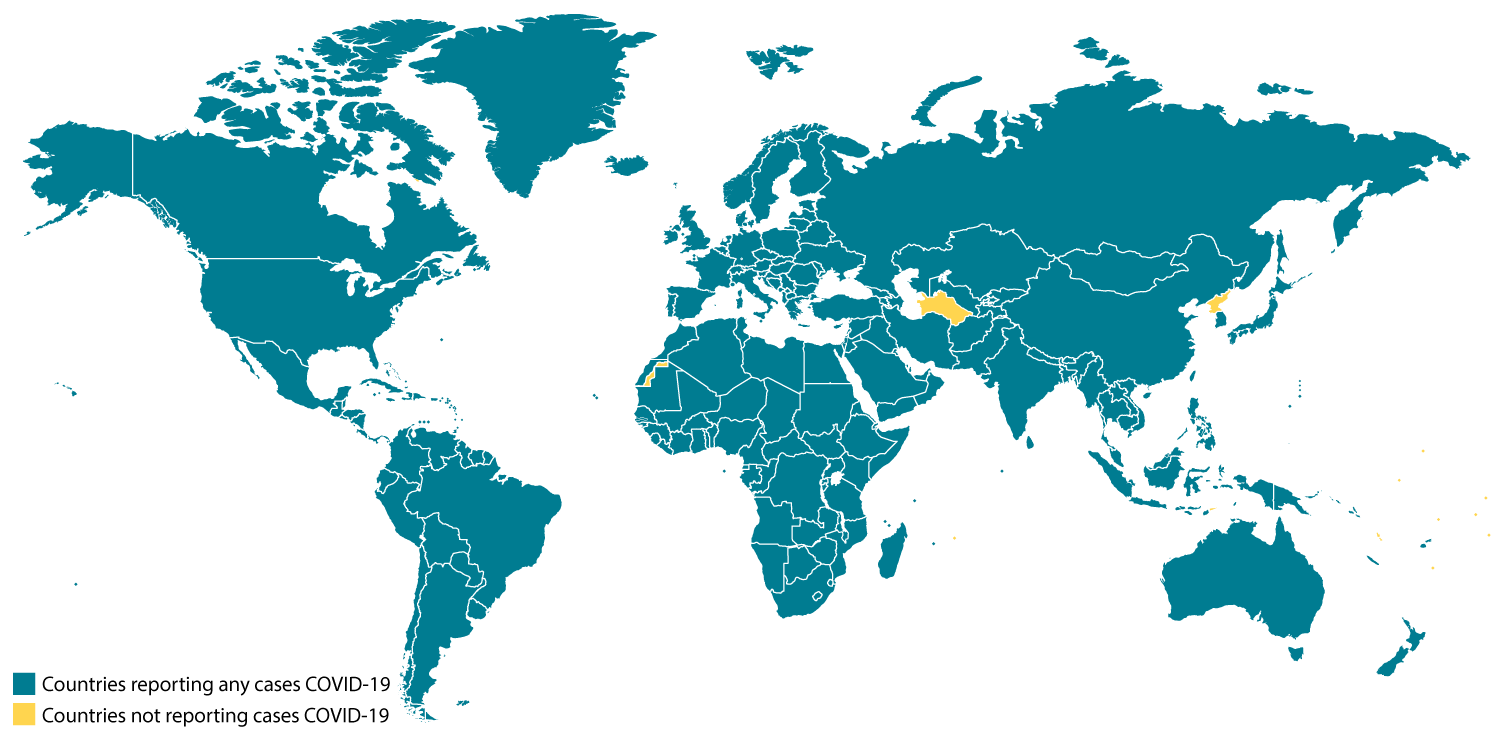
Discovery COVID-19 Vaccination Navigator
We have created a dedicated portal to support you at every step of your vaccination journey. Your personalised vaccination navigator will help you to.
- Register for you and your family on the national Electronic Vaccination System (EVDS) via the Connected Care platform
- Know what to expect and how to prepare for your COVID-19 vaccination
- Track where you are in the COVID-19 vaccination queue
- Create a digital version of your vaccination card for safe keeping


